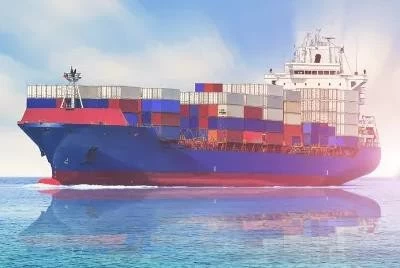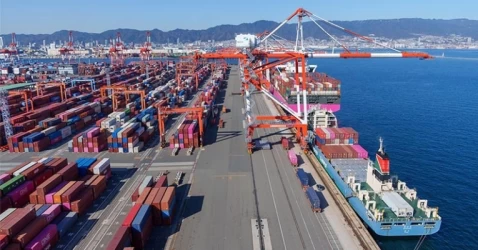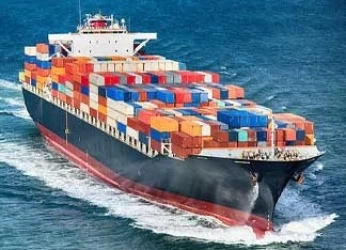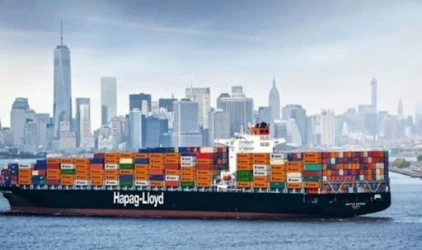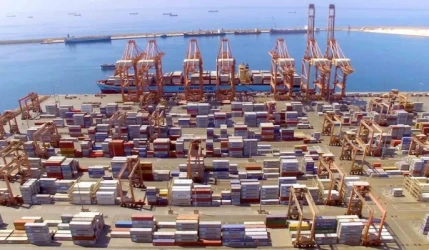Sea freight at the Port of Houston
The Port of Houston is one of the busiest and most significant ports in the United States, playing a vital role in both the national and global economy. Strategically located along the Gulf of Mexico, it serves as a critical hub for the transportation of goods and raw materials. With its extensive infrastructure and capabilities, the Port of Houston has established itself as a leading maritime center, facilitating a wide array of maritime activities.
History of the Port of Houston
The Port of Houston was officially opened in 1914 and has since evolved into a major shipping and logistics hub. Originally focused on agricultural products, the port rapidly grew alongside the oil and gas industries in Texas. The discovery of oil in the early 20th century catalyzed the port's development, transforming it into a key player in the global energy market. Today, the Port of Houston is one of the largest ports in the United States in terms of total tonnage and is recognized as a leader in cargo throughput.
Infrastructure and Facilities
The Port of Houston boasts a comprehensive range of facilities and infrastructure designed to handle various types of cargo efficiently. Its capabilities include:
- Container Terminals: The port operates multiple container terminals equipped with state-of-the-art technology for loading and unloading ships. These terminals are capable of handling large volumes of containerized cargo, making it a critical point for international trade.
- Breakbulk and Bulk Terminals: The port also features terminals for handling breakbulk and bulk commodities. These facilities cater to a wide range of goods, including agricultural products, chemicals, and raw materials. The terminals are designed for efficient loading and unloading processes, ensuring quick turnaround times for vessels.
- Petroleum and Petrochemical Facilities: Given Texas’s prominence in the oil and gas industry, the Port of Houston has extensive facilities dedicated to petroleum and petrochemical products. These facilities include specialized berths for oil tankers and refineries, making it a crucial hub for energy transportation.
- Ro-Ro and Heavy Lift Facilities: The port is equipped to handle roll-on/roll-off (Ro-Ro) vessels and heavy lift cargo, which are essential for transporting oversized equipment and machinery. This capability further enhances the port's versatility and attractiveness for various industries.
Role in International Trade
The Port of Houston is a major gateway for international trade, facilitating the import and export of a diverse range of products. Its strategic location allows for efficient shipping routes to and from North America, South America, Europe, and Asia. Key exports from the port include:
- Petroleum and Petrochemicals: As a leading exporter of crude oil and refined products, the port plays a crucial role in the global energy market.
- Manufactured Goods: The port serves as a hub for the export of various manufactured goods, including machinery and electronics, enhancing Texas's reputation as an industrial powerhouse.
- Agricultural Products: The port is vital for the export of agricultural commodities such as grain, cotton, and livestock products.
Economic Impact of the Port of Houston
The Port of Houston significantly contributes to the local and national economy. It is estimated that the port supports over 1.3 million jobs in the Houston metropolitan area and generates billions of dollars in economic output annually. Industries such as manufacturing, logistics, and energy rely heavily on the port for their operations. The port also facilitates trade with international markets, enhancing Texas's economic connectivity.
Challenges and Opportunities
While the Port of Houston continues to thrive, it faces several challenges:
- Environmental Concerns: As one of the largest petroleum ports in the world, environmental regulations and sustainability initiatives are critical. The port is actively working to implement green practices and reduce its carbon footprint through investments in technology and infrastructure.
- Infrastructure Development: With increasing trade volumes, the port requires ongoing investments to expand and upgrade its facilities. This includes enhancing road and rail connections to improve the efficiency of cargo movement.
- Supply Chain Disruptions: Global events, such as the COVID-19 pandemic, have highlighted vulnerabilities in supply chains. The port must adapt to these challenges by diversifying its operations and improving resilience.
Future Outlook
Looking ahead, the Port of Houston is poised for continued growth and development. Plans for infrastructure expansion, enhanced connectivity, and sustainable practices are being implemented to ensure the port remains competitive in the global market. By investing in innovative technologies and prioritizing environmental sustainability, the Port of Houston aims to meet the demands of future maritime transportation.
Conclusion
The Port of Houston plays a vital role in the maritime transportation landscape, serving as a key gateway for international trade and economic development. With its extensive facilities, strategic location, and commitment to innovation, the port is well-positioned for future success. As it navigates the challenges and opportunities ahead, the Port of Houston will continue to be a cornerstone of the U.S. economy and a leader in global maritime commerce.
If you have any specific questions or need further assistance, feel free to ask!

